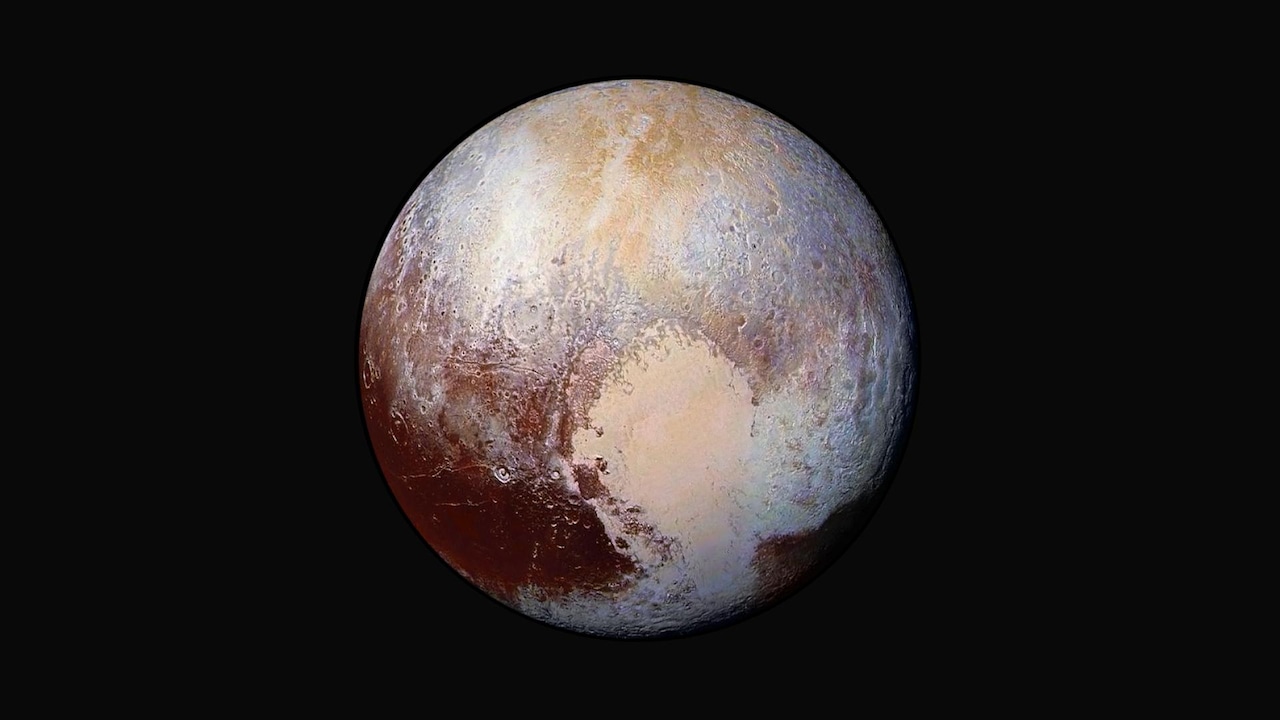
No longer a planet but not forgotten, Pluto’s colors, captured by NASA almost 10 years ago, continue to dazzle among the collection of colorful celestial objects only seen in the solar system.
Since its discovery in 1930, Pluto was well-known as the ninth planet in the solar system, far beyond Neptune, the last of the gas giants.
That changed in 2006 when the International Astronomical Union declared that the faraway orb was a dwarf planet due to its location, known as the Trans-Neptunian region, according to NASA. In this region, objects in space could cross any dwarf planet — and Pluto’s — orbit.
Pluto also sits within a larger field of objects surrounding the solar system called the Kuiper Belt. Other dwarf planets in the region have been discovered in the years since Pluto’s reclassification, including Eris, Haumea and Makemake, all of which have their own moons, according to NASA.
That same year, NASA launched its New Horizons spacecraft to study the outer edge of the solar system, particularly the Kuiper Belt. On July 14, 2015, New Horizons conducted a flyby past Pluto and its moons, giving scientists back on Earth their first close-up, detailed views of the former planet.
Images showed the scarred, mountainous surface of a planet known to be half the width of the United States and smaller than Earth’s moon, NASA stated. Among its features was a massive, heart-shaped crater that NASA informally called the Tombaugh Regio, or Tombaugh Region, named after the man who discovered Pluto, Clyde Tombough.






